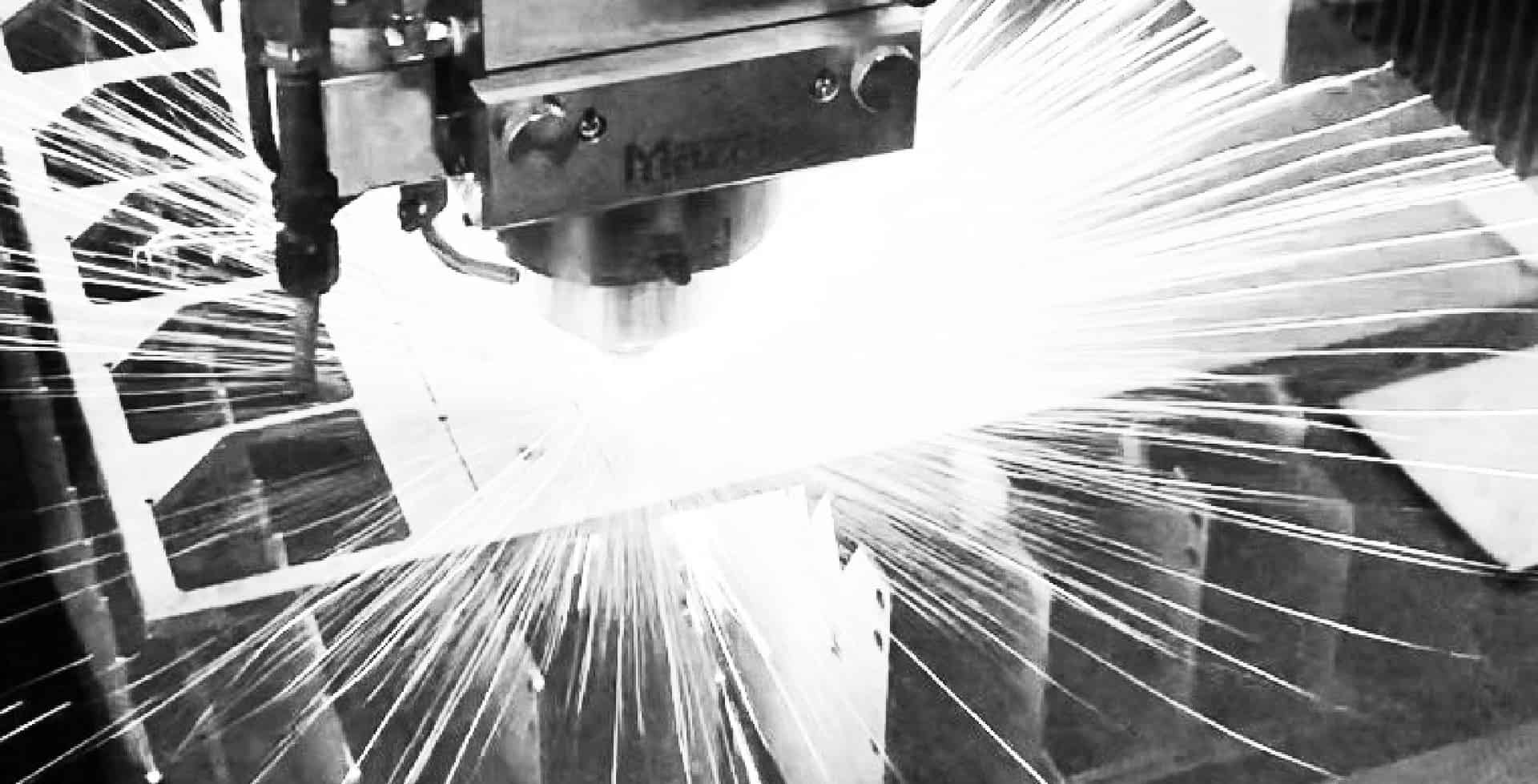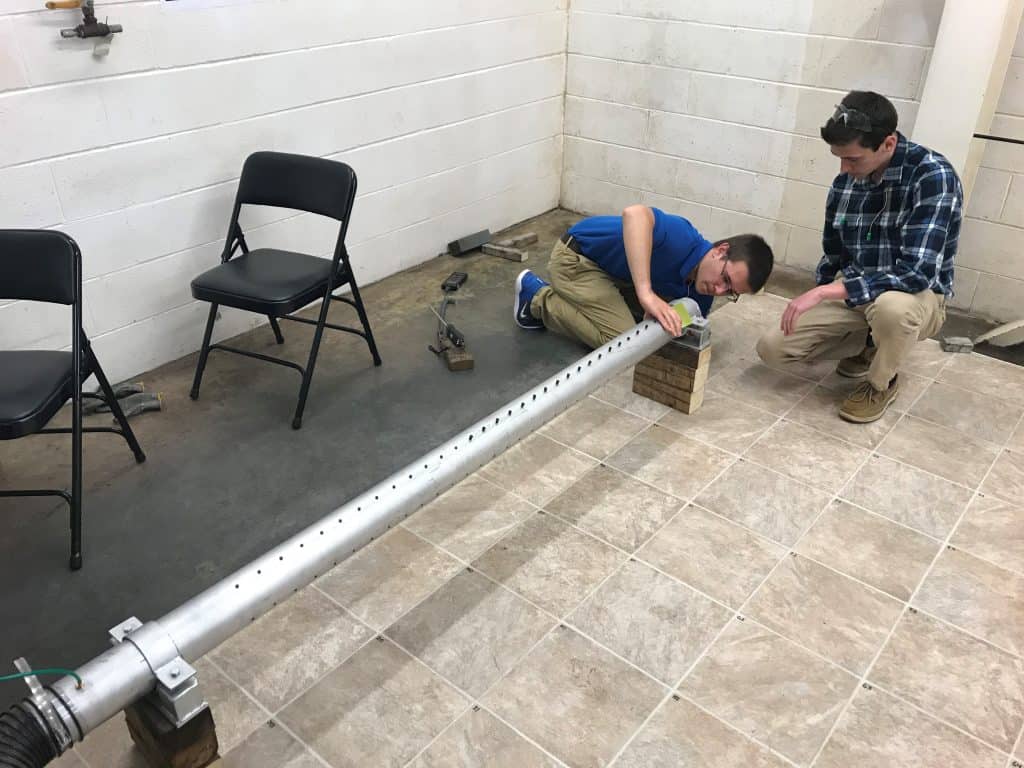Designing a Dust Collection System: R&D Lab Makes the Invisible Visible

The performance of a dust collector or industrial ventilation system depends on the type and size of particulate, collection points, humidity and more. Every industrial plant is different. Therefore, not only do various scenarios have to be taken into consideration when designing a dust collection system, but calculations should be tested to ensure system performance.
Industrial Dust Collection System Design
When appropriate, we test designs before fabrication begins. While computational fluid dynamics modeling tells us part of the story, our R&D lab makes the invisible visible. In other words, it gives us real-world validation of our dust collection design and CFD modeling. We’ve used the test lab to help us:
- Determine air flow velocity to qualify the efficiency of a dust collector design
- Troubleshoot potential problems before a dust collector is installed as part of a production process
- Test fabricated hoods before they ship
That gives peace of mind—for us and our customers.

IVI’s R&D Test Lab: A Response to Paper and Tissue Industry Needs
We built our in-house test lab when working on a pulp, paper and tissue dust collection design. The paper and tissue industry faces rigorous schedules. Demand for paper and tissue products is high. Downtime is a nemesis. To keep downtime to a minimum, we developed the lab to set up and test all the possible scenarios the system might face in the field. The result: An industrial dust collection system design that worked the first time, allowing our paper and tissue industry customer to keep product moving.
Case Study: How We Use Our Test Lab in Designing a Dust Collection System
Our test lab is set up with a push-pull system. One nozzle pushes air and particulate to another nozzle that pulls the particulate into a hopper. These nozzles are installed on the floor, which is covered in 12 by 12 tiles that help us graph data points. The data is compared to our software designs.
We use customers’ actual waste particulate for testing dust collection or smoke bombs paired with high-intensity light for testing fume collection. By covering the entire floor in dust or emitting fumes, we can see clearly where the system works efficiently and where it doesn’t.
As the nozzles capture particulate or smoke, we take air velocity readings. We’ve also installed a small-scale baghouse that helps us measure air flow of specific particulate. Our goal: Use the least amount of air needed to disperse the particulate to increase efficiency and cut costs.
Contact us for Dust Collection Design
Our engineering and design team is known for flexing its creative muscles to meet our customers’ goals. Our R&D test lab is an extension of our innovation, showing us the parameters we can push when designing a dust collection system.
If you need help with industrial dust collection design for dust or fumes, contact us to see how we can help.